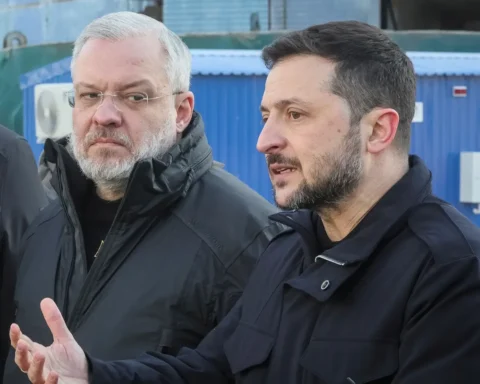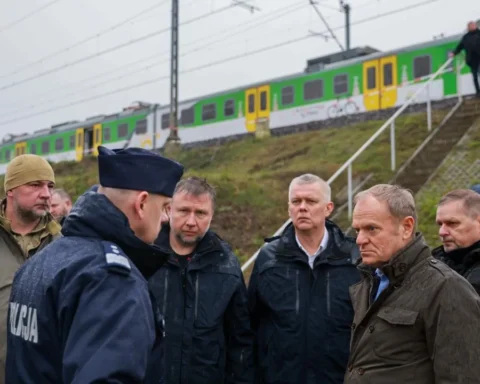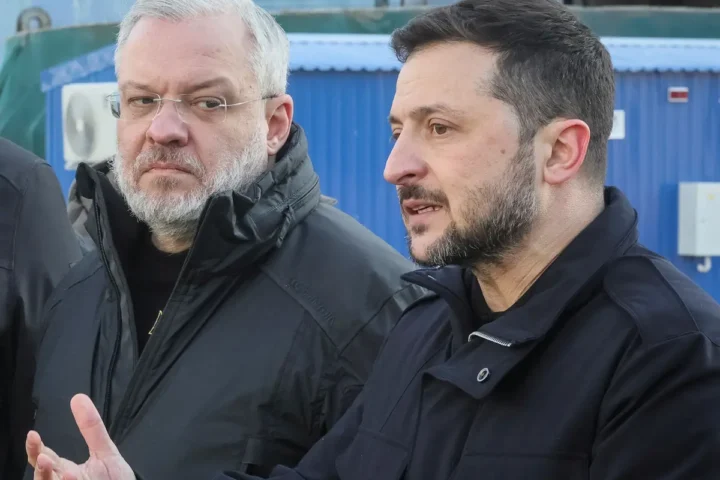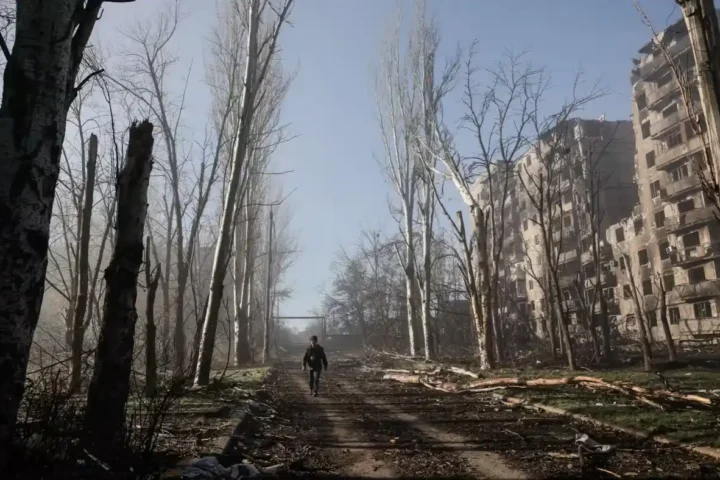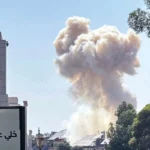A Pact of Oil and Arms: When Iran and Israel Were Partners
Today it seems unthinkable, but once upon a time, Iran and Israel were close allies. In the 1950s to 1970s, the two countries maintained a strategic partnership built on mutual interests: Israel urgently needed oil, while Iran sought modernization and access to Western military technologies.
Following Israel’s founding in 1948, the new Jewish state found itself isolated in a hostile Arab environment. Shah Mohammad Reza Pahlavi of Iran, aiming to secure Western backing and reform his country, saw value in a discreet relationship with Israel. Officially, the alliance remained secret to avoid angering Arab states — but in practice, it was strong and far-reaching.
According to Neue Zürcher Zeitung (NZZ), Iran supplied millions of tons of oil to Israel, while Israeli specialists assisted in developing Iran’s agriculture, security structures, and infrastructure. Israeli advisors even trained agents of SAVAK — the feared Iranian secret police under the Shah — playing a significant role in building the monarchy’s authoritarian apparatus.
The partnership peaked in the late 1970s with billion-dollar arms-for-oil deals. The most ambitious project, codenamed Project Flower, aimed to co-develop ballistic missiles that could be equipped with nuclear warheads. Iran was to pay for the venture in oil. But in 1979, everything collapsed with the Islamic Revolution.
The Khomeini Revolution: From Covert Cooperation to Open Hostility
The 1979 Islamic Revolution completely changed the region’s dynamics. The return of exiled cleric Ayatollah Ruhollah Khomeini marked the end of Iran’s monarchy and the rise of a theocratic regime. Khomeini immediately declared the U.S. the “Great Satan” and Israel the “Little Satan,” cutting all official ties with Tel Aviv.
Nevertheless, as NZZ reports, some covert cooperation continued. During the Iran-Iraq War in the 1980s, Israel secretly supplied weapons to Iran. This wasn’t altruism — Israel saw Saddam Hussein’s Iraq as a bigger threat and hoped the clerical regime in Tehran might fall or become pragmatic.
That hope was short-lived. Starting in 1982, Iran began backing Hezbollah in southern Lebanon, launching a long-term proxy war against Israel. Through Hezbollah and later Hamas and Islamic Jihad, Iran created a network of armed groups to project its power and pressure the Jewish state.
Nuclear Threats and the “Axis of Resistance”: Israel’s New Strategic Enemy
With the collapse of the Soviet Union and Iraq’s defeat in the 1991 Gulf War, Iran emerged as Israel’s principal threat. A turning point came when Saddam Hussein fired Scud missiles at Israel during the Gulf War — a wake-up call that even distant enemies could inflict damage.
In 1992, Israeli Foreign Minister Shimon Peres warned that Iran was developing a nuclear bomb. From then on, Israel launched a sustained international campaign to isolate Iran and disrupt its nuclear ambitions. In 2010, the cyberattack known as Stuxnet, reportedly developed by Israel and the U.S., sabotaged Iran’s centrifuges.
Meanwhile, Iran constructed a “Shia Crescent” stretching from Lebanon and Syria through Iraq to the Palestinian territories, arming and funding Hezbollah, Hamas, and other militant groups. The 2006 Lebanon War marked another shift: Hezbollah successfully resisted Israeli forces — a symbolic blow for Israel and a triumph for Iran’s proxy strategy.
From Shadow War to Direct Confrontation: October 7 as a Point of No Return
The full-scale confrontation came into focus on October 7, 2023, when Hamas launched a devastating attack on Israel, killing nearly 1,200 people and taking hundreds hostage. Israeli President Isaac Herzog quickly blamed Iran for orchestrating the assault, even before the extent of the atrocities became public.
While Tehran’s direct involvement remains unconfirmed, its allies — Hezbollah, the Houthis in Yemen, and Iran-backed militias in Iraq — entered the conflict. Iran itself initially held back, to the frustration of its partners.
Israel, however, launched an unprecedented counteroffensive. In April 2024, Israeli jets destroyed Iran’s consulate in Damascus. In July, Hamas leader Ismail Haniyeh was assassinated in Tehran. By October, Hezbollah’s chief Hassan Nasrallah was also killed. Iran responded with mass drone and missile attacks, and Israel retaliated with airstrikes on Iranian territory.
The Collapse of Iran’s Network and the Path to War
The result was a dramatic regional shift. In Lebanon, a new anti-Hezbollah government came to power. In Syria, rebels ousted Bashar al-Assad, forcing Iranian troops out of the country. According to NZZ, the “Axis of Resistance” — the network Iran had spent decades building — was dismantled in a matter of months.
In Tehran, the regime began to view nuclear armament as the only way to ensure its survival. The belief that only a nuclear deterrent could prevent further isolation or regime change gained ground among hardliners.
Then came Donald Trump. Returning to the White House in January 2025, he revived his “maximum pressure” policy against Tehran. He first authorized heavy airstrikes on Houthi positions in Yemen, then issued an ultimatum: return to negotiations over the nuclear program — or face war.
Israel, skeptical of Iranian stalling tactics, chose not to wait. In June 2025, it launched a preemptive strike on Iran’s nuclear facilities — formally opening the war that had been simmering in the shadows for decades.
As Neue Zürcher Zeitung underscores, the war between Israel and Iran is not a spontaneous explosion — it is the culmination of decades of tension, ideology, proxy conflicts, and missed opportunities for diplomacy. What began as a covert alliance grounded in oil and strategic calculus has now erupted into open warfare. And with nuclear weapons now looming over the horizon, the entire Middle East — and the world — is watching what comes next.
This article was prepared based on materials published by Neue Zürcher Zeitung. The author does not claim authorship of the original text but presents their interpretation of the content for informational purposes.
The original article can be found at the following link: Neue Zürcher Zeitung.
All rights to the original text belong to Neue Zürcher Zeitung.



